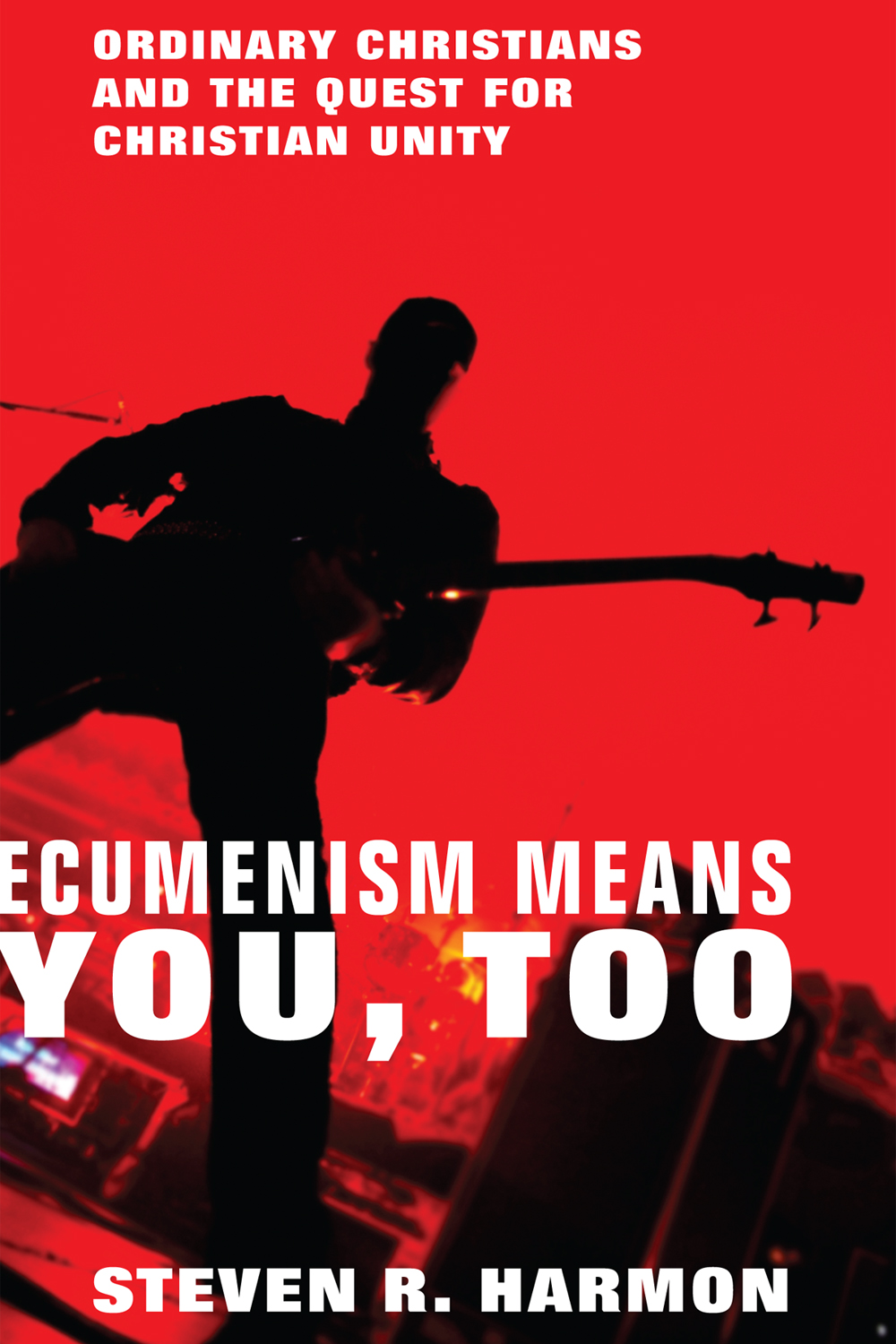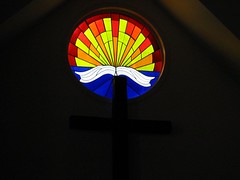 The document, Inter-Church Programme Proposals, looks forward to the Inter-Church Process of Lent 1986. The key question they hoped to address was: What is the Church and what is it for? The aim was to consult widely with church leaders, church members and church related organisations. After some brief speculations about how this question might be asked in terms of mission, God's Kingdom and God's final purpose for all, they write on page 5:
The document, Inter-Church Programme Proposals, looks forward to the Inter-Church Process of Lent 1986. The key question they hoped to address was: What is the Church and what is it for? The aim was to consult widely with church leaders, church members and church related organisations. After some brief speculations about how this question might be asked in terms of mission, God's Kingdom and God's final purpose for all, they write on page 5:
We might go on to ask whether our Churches might recognise each other as "other provisional embodiments of God's purposes". However, our hope in tackling these questions is not just to produce new documents, but to enable action to follow to change our standing in one another's eyes and our relationship to each other within the fellowship of Christ, so that together we might follow our common calling "in and for the world". And we shall also need to ask: What is the world saying to us? What is the Kingdom asking of us as Christians? What is the meaning of the Church in a secular society which sees no purpose for it?
Note the aim of this process was not restricted to unity. It was not unity for the sake of unity but for the wider benefit of the world. There is an expectation that things would change as a result of this initiative.
Our Churches' 'confessions' to one another of what we believe we are as churches, given both our varying size and the doctrinal, social, cultural and historical context of our life, will be placed 'on the table' for further use in the process. These are not envisaged as final, but as provisional responses, incorporating the viewpoints of those concerned with the Church's mission, evangelism, ministry and social responsibility, as well as those concerned with Faith and Order and with Christian unity. But they will be something new, in that we shall be saying how we see our own church in our overall perspectives, which will be encouraged by existing or new co-operation between us. This will lead us on to ask ourselves together: On what basis, and on what understanding of the Church can we move forward? And, out of this process, what shape might emerge for the ecumenical instruments needed to serve the Churches' common mission to the world?
Again it is clear that a vision of churches collaborating in a common relationship with the world was foundational to the Inter-Church Process. It struck me, following the January 2009 conference about receptive ecumenism, that receptive ecumenism needed to be accompanied by ecumenical reception and a third process I called transformative reception. This is where the churches together allow the world to form their mission and ministry. It is unsettling to find it current 25 years ago, given I found it necessary to reinvent it following that conference.
Again, I am forced to ask why it is, given the undoubted success of the Inter-Church Process, modern ecumenism stepped back into Faith and Order debates, losing its sense of commitment to the world?



















Recent Comments